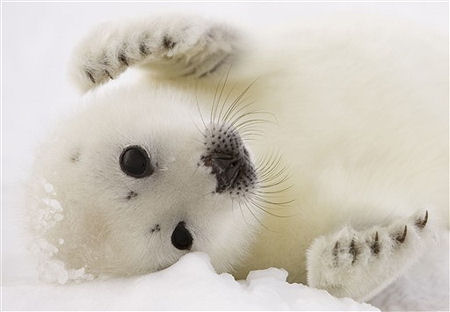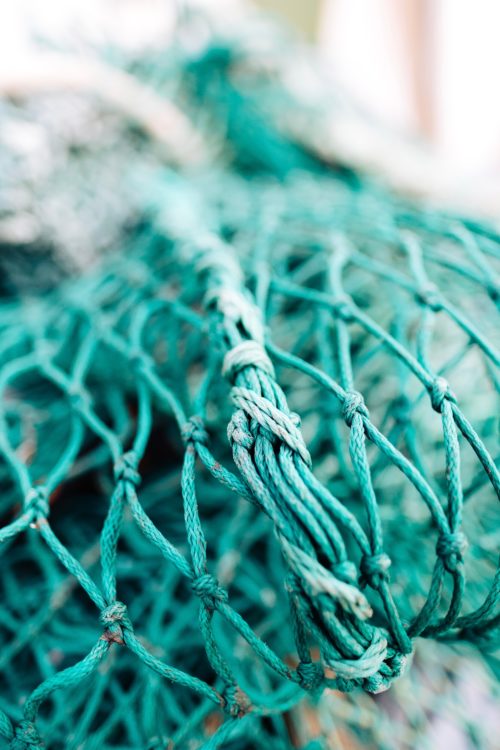No more real skins, now we like artifices. Over the last few years many firms from the fashion industry have chosen to leave aside animal skin in order to change it for artificial ones. But what is the story behind this change of image? – Author: Candela Niesl
Maybe many of us still remember that moment in which Samantha Jones, wrapped in her white fur cap with a red stain across it, claimed “God I miss New York”. Perhaps even at moment also the actresses and the audience found it amusingly funny. To see how activists were exaggerating the fight for animal rights and how Samantha seem not to care as well as all the people around her, at the time, must have been something not to talk about but let us entertain ourselves. “Fur is murder” they screamed wildly and the problem was not that this coat, like many others, was made of animal skin but the stain that had ruined it forever.
But Sex and the City series ended in 2004 and a few years later they also finished their films. Until then, did society really have questioned the problem of the use of fur or was it only in recent years that the boom for environmental care began to emerge?
Whatever the answer, one thing is clear: the use of furs is no longer a factor that big brands want to include in their collections. But, let’s not forget that there is always the brave who dares to play with its reputation and people’s taste. However, most of the great firms have left aside the use of animal skins while the ones that have just started their business have already adapted their brand under the philosophy of environmental care.
Two years ago, on March 22nd 2016, the fashion industry woke up with a story that would mark a before and after in the history of the fashion world. Giorgio Armani said that due to technological advances and the alternatives that were presented to animal skins, the use of these would no longer be required. At the same time, Hugo Boss completed his first free collection of animal skins in his Fall-Winter 2016 collection, something that was expected given that the German firm had announced it in 2015.

These two emblems of fashion were already preceded by brands such as Ralph Lauren, Calvin Klein, Tommy Hilfiger, Vivienne Westwood and Stella McCartney. The great majority convinced by PETA (People for the Ethical Treatment of Animals) except the last one who, since it was created, positioned itself as an eco-friendly brand and, therefore, fur free.
But despite the fact that the awareness of animal life and the impact of industry on the environment is increasing, there are still companies worldwide that dare to continue using skins of certain animal species. And, although most of these are obtained thanks to farms that perform the function of raising these species to later dismember them, it happens that, at the same time, the use of this type of fur also promotes illegal wildlife trafficking.

Illegal wildlife trafficking
When these words are mentioned one may come to believe that they are equivalent to animals being hunt and sold in illegal markets or even imagine the ivory provided by illegal markets. Yes, these events respond to the concept of ”illegal wildlife trafficking” but it does not end there.
The thing is that, due to the great demand of certain industries, many animal species are torn from their habitat or directly killed in order to take their skins and trade them.
The excuse for this action could be that such hunting was necessary to regulate the biodiversity of the place. A clear example for this statement is the case of Canada, a country that affirms that seal hunting is necessary and ”humanitarian” in order to be able to regulate the population density of the species. In any case, in the year 2009, the European Union banned the import of products related to seal hunting in response to the cruel treaty that was used to carry out the action.

But let’s not mix the concepts. One thing is the illegal trafficking of fauna (a fact that is not allowed in many parts of the world and in which there is still a constant struggle) and another hunting authorized by certain countries with the objective of regulating biodiversity.
Whatever the source of origin of these skins is, we can agree on something and that is that we DO NOT WANT THEM. The world population has spoken to give its verdict and it happens that more and more people turn to the advances of science and artificial skins over the animal ones. Is it the beginning of something new? Are these the measures that have to be taken so that more and more different societies have a notion of the power they have over animal life?
Whatever the answer we can be sure of one thing and that is that if the big and small fashion firms have shown that a change that years ago seemed unthinkable can be exerted, what else are we capable of doing in order to save the world?
About the Author:
Candela Niesl is an Argentinian journalist specialized in environmental science. She also writes about gender equality and world culture. She began her own independent journalism webpage www.pumpet7.com in 2015, in which she continues to work until today with a great team of journalists. She also works for a business in the United States of America called Bindery Knowledge Group. She lives in Buenos Aires city in which she is developing different entrepreneurships such as a communication adviser called Feneco and an independent feminist editorial called Inguz Editorial. Passionate about travel and writing she hopes someday she will be able to publish her own book
Please follow her work:
Instagram–> https://www.instagram.com/candieniesl/
Webpage –> https://www.pumpet7.com/
Twitter–>https://twitter.com/candelaniesl
LinkedIn–>https://www.linkedin.com/in/candela-niesl/




